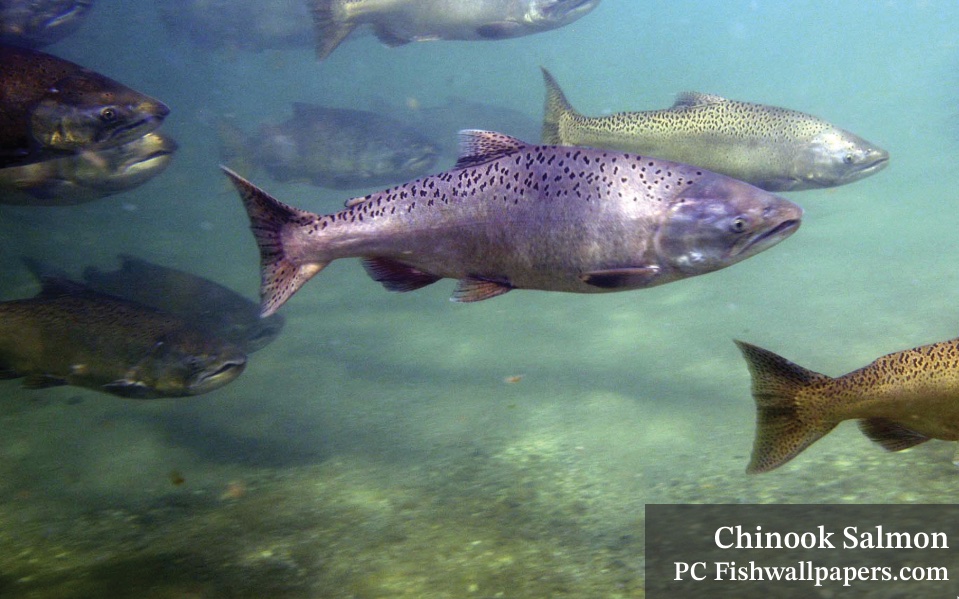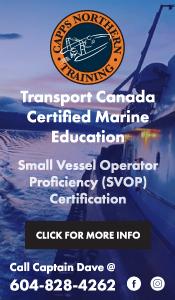| A Naturalist's Almanac - Salmon at the River's Edge |
 |
| Written by Margo Hearne |
| 06 August 2023 |
|
There are five species of salmon on the Pacific coast. They are born in the upstream and move towards the ocean where they live throughout their adult lives. Then they migrate home to their natal stream where female salmon lays thousands of eggs in the river gravel and the males release sperm, or milt, to fertilize the eggs. Then the adults die. It’s both wonderful and tragic. Wonderful because in death there is life. Not only do tiny salmon grow from the eggs in gravel, but the salmon carcasses break down along the river’s edge, feed the forest along the river and enrich almost every wild thing that uses the forest, from bugs to bears. We have only begun to learn of the salmon’s importance to all living things along the coast. Here on Haida Gwaii they provide particular wealth. The many rivers and creeks that run to the sea are rich with their remains and the old-growth forests have stood for eons because of them. It is an almost miraculous cycle of life and one that is disappearing quickly. Almost all the watersheds on Haida Gwaii have been logged and those that haven’t will be in the coming years. Road building causes increased erosion and fine sediment generation and salmon eggs are buried under the mess. According to the Pacific Salmon Foundation (PSF) “100% of Chinook spawning habitats in Haida Gwaii are estimated to be facing a high risk of habitat degradation as a result of road development.” The cycle of sustainability that persisted for so long is being broken. Although there is some tree planting occurring, it will take thousands of years, if ever, before anything resembling the original old growth forest reappears. And then, of course, there are the salmon themselves. They too suffer from our depredations. From a human perspective, it’s one thing to catch fish to feed one’s family and community. It’s quite another to wipe out whole salmon populations. Millions are taken from the sea by the commercial fishing industry. Seiners, gillnet-ters and trollers catch them offshore and, just as the surviving salmon have made it to the river mouth, the sport fishing industry is waiting for them. Because the captured sport fish didn’t have a chance to spawn, there will be no tomorrow’s salmon from them. Based on recent airfreight calculations, each of the five existing fishing lodges ships out 20,000 lbs of salmon from Haida Gwaii every week, for a total of 100,000 lbs. The fish don’t stand a chance and this drastically diminishes what’s left for our con-sumption. Salmon are beautiful. The blue and gold of Spring Salmon is as lovely as sunshine on blue water; sleek Coho Salmon are quick and darting; Sockeye are bright slivers of muscle as they move from ocean to river, river to lake and on to their small home stream. The small Pink Salmon is soft and pliable, not one to push through as does the Sockeye but it will spawn and die almost at the river mouth. The noble Chum Salmon, that late fall runner with its thin tail and large jaw, will turn, when close to home, from silver-bright to mottled brown, like wild seaweed on offshore rocks. Every Pacific salmon is faithful to its island home. Haida Gwaii was once a secure haven for this brilliant creature. But sadly, no more. |










